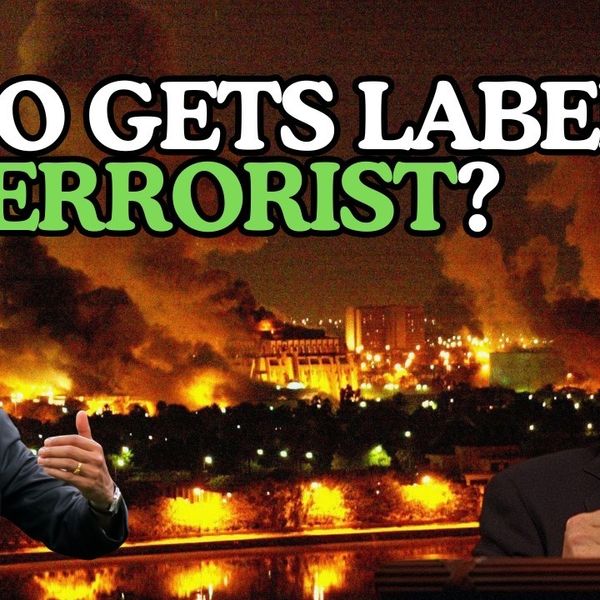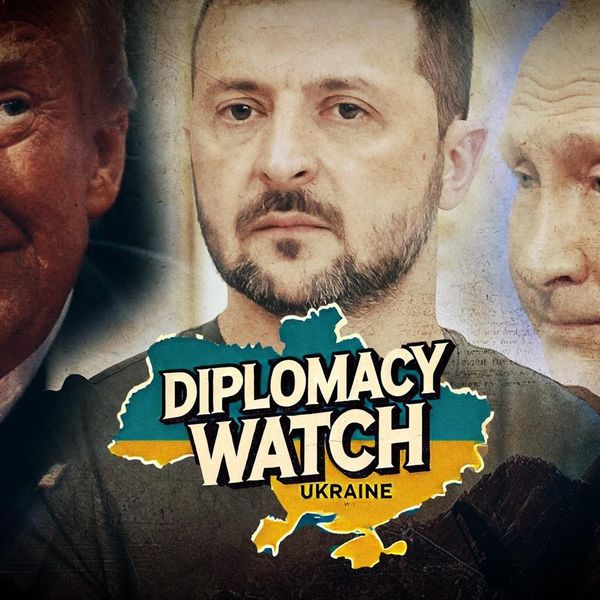Russian President Vladimir Putin announced on Sunday that Russia’s nuclear forces had been placed on a “special regime of combat duty” in response to what he called “illegitimate sanctions” from Western countries in response to his invasion of Ukraine.
Analysts and the worried public have scrambled to understand what precisely that means. Some have suggested the announcement means that Russia’s nuclear command and control systems have been enabled to transmit launch orders, or that nuclear weapons normally stored separately from their delivery vehicles would be prepared for rapid launch in response to an order. But the announcement has certainly had what was presumably one of its intended effects, increasing anxiety around the possibility that the war in Ukraine might precipitate the use of a nuclear weapon.
The field of armchair Putin psychology has expanded massively in recent years. Even before this latest crisis began, he had taken on an outsize role in U.S. political life during the Trump-Russia scandal, serving as a cipher for those struggling to grasp the political developments that led to Trump’s rise. Combined with the fact that there’s no clear agreement on why Russia chose now to escalate and expand its existing war in Ukraine, it is perhaps understandable that the invasion caught many off guard. We’ve become used to thinking of Putin as an evil political mastermind; starting a pointless and destructive war seems out of character. At least for now, we can’t discern what Russia benefits from having invaded Ukraine the way it did.
Since Russia’s announcement, fears about a potential nuclear escalation have focused on Putin’s personal decision making process: will he or won’t he? Would it be an attack against NATO, making good on veiled threats? Or would it be a smaller strike on the territory of Ukraine, in line with the “escalate-to-deescalate” strategy that some analysts believe Russia espouses, whereby an escalation to nuclear use is meant to shock an adversary into surrendering? When it comes to a planned nuclear escalation, the decision is in Putin’s hands; any insight into the thinking of the person with that authority can seem immensely valuable.
This line of thinking is based on a particular set of scenarios of how a conventional conflict escalates to nuclear use. In these scenarios, there is a well-informed decision to use nuclear weapons as a step, even a disastrous one, in a conflict. But that's not the only way that nuclear use might occur as a consequence of the situation in Ukraine. There remains a very real possibility of an accidental first strike in response to misinterpreted or incorrect intelligence or uncontrolled escalation of a relatively small-scale, conventional military incident.
This possibility haunts U.S.-Russia relations, and has arguably become increasingly likely as expanded routine military operations — particularly air intercepts between NATO Air Policing missions and the Russian air force — have become increasingly relied upon as a “quasi-diplomatic” means of managing a complex relationship. Documented “near misses” provide a chilling suggestion of what accidental escalation to nuclear use could look like.
As long as the United States and Russia maintain crisis communications, there are means to avert this kind of situation. But war can introduce a dangerous ambiguity. Sunday’s announcement that the United States and Russia have put strategic stability talks on hold also suggests that the negative effects of the Ukraine invasion on global nuclear stability will extend beyond the behavior of one very powerful individual.
It will also change longer-term policy conversations around when Russia would be willing to use a nuclear weapon. The range of cases in which Russia would launch a first nuclear attack as articulated in official statements of nuclear doctrine has somewhat narrowed in recent years. Its 2000 nuclear doctrine allowed for the use of nuclear weapons to respond to attacks using nuclear weapons “and other weapons of mass destruction,” against it or its allies, as well as “in response to large-scale aggression utilizing conventional weapons in situations critical to the national security of the Russian Federation;” by 2010, possible nuclear use was reserved for situations when ”the very existence of the state [was] under threat.”
A first strike in response to a chemical or biological attack has been long discussed as a possibility by analysts, but nuclear escalation in response to economic measures — broad-ranging though they may be — represents a new and alarming possibility. Putin has shown himself to be very willing to use all but open threats of nuclear escalation to control NATO’s response to the invasion of Ukraine. But this is just one way in which the invasion sets back the goal of U.S.-Russian progress on arms control and disarmament, and the fragile trust and working relationships that enable that progress.
Very little seems certain about the tragic situation in Ukraine or the future of U.S.-Russia relations. But as long as the status quo around nuclear weapons persists, the real risk of escalation from a regional conflict to a global conflagration will be with us. The difficult question that must be answered is how we build a path out of the darkness of the present moment to a world free from their threat.















